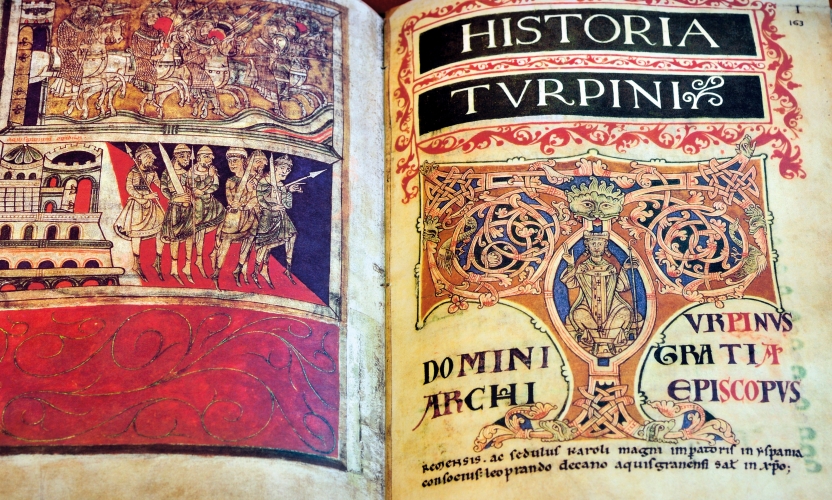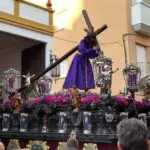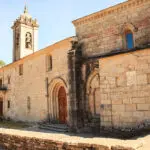The Codex Calixtinus is an elaborately decorated, medieval manuscript dating back to 1135 and one of Spain’s most valuable cultural artefacts. Its authorship is attributed to the French clergyman, Aymeric Picaud, who travelled to Santiago de Compostela, recording the history, tales, significant places and important events of the pilgrim trail, as well as providing practical advice for those embarking on a pilgrimage to Santiago.
The Codex Calixtinus is divided into 5 volumes, containing sermons, hymns, liturgical compositions, musical pieces, the miracles of St James, holy sanctuaries, homilies to Saint James and is richly illustrated. The 5th book is commonly described as the world’s first travel guide. It describes the Camino Frances route, the towns and cities it passes through, important shrines, practical tips, warnings about the dangers pilgrims might encounter, locations of shelters and hospices and information on Santiago de Compostela and its Cathedral. Picaud’s descriptions of the people he encountered on the Camino are often drawn using vivid language – reminiscent of Chaucer’s Canterbury Tales.

The Codex’s recent history reads like a movie script. In 2011, this priceless art treasure was stolen from its reinforced glass case to which only a handful of people had access. Dubbed the theft of the century by Spanish media, the police feared it had been stolen by art thieves at the request of a private collector.
A year later it was discovered – in good condition – in the garage of a disgruntled ex-employee, along with over one million euros in cash and other ancient books stolen from the Cathedral archive.
Today, facsimile copies come on display in various museums around the world. But, the original Codex Calixtinus remains in Santiago de Compostela – under lock and key.








